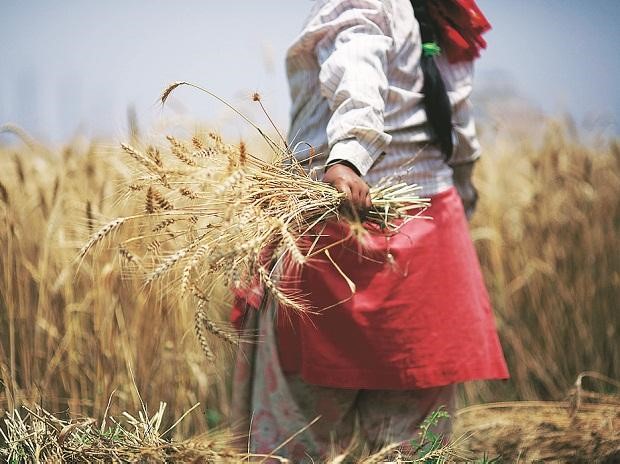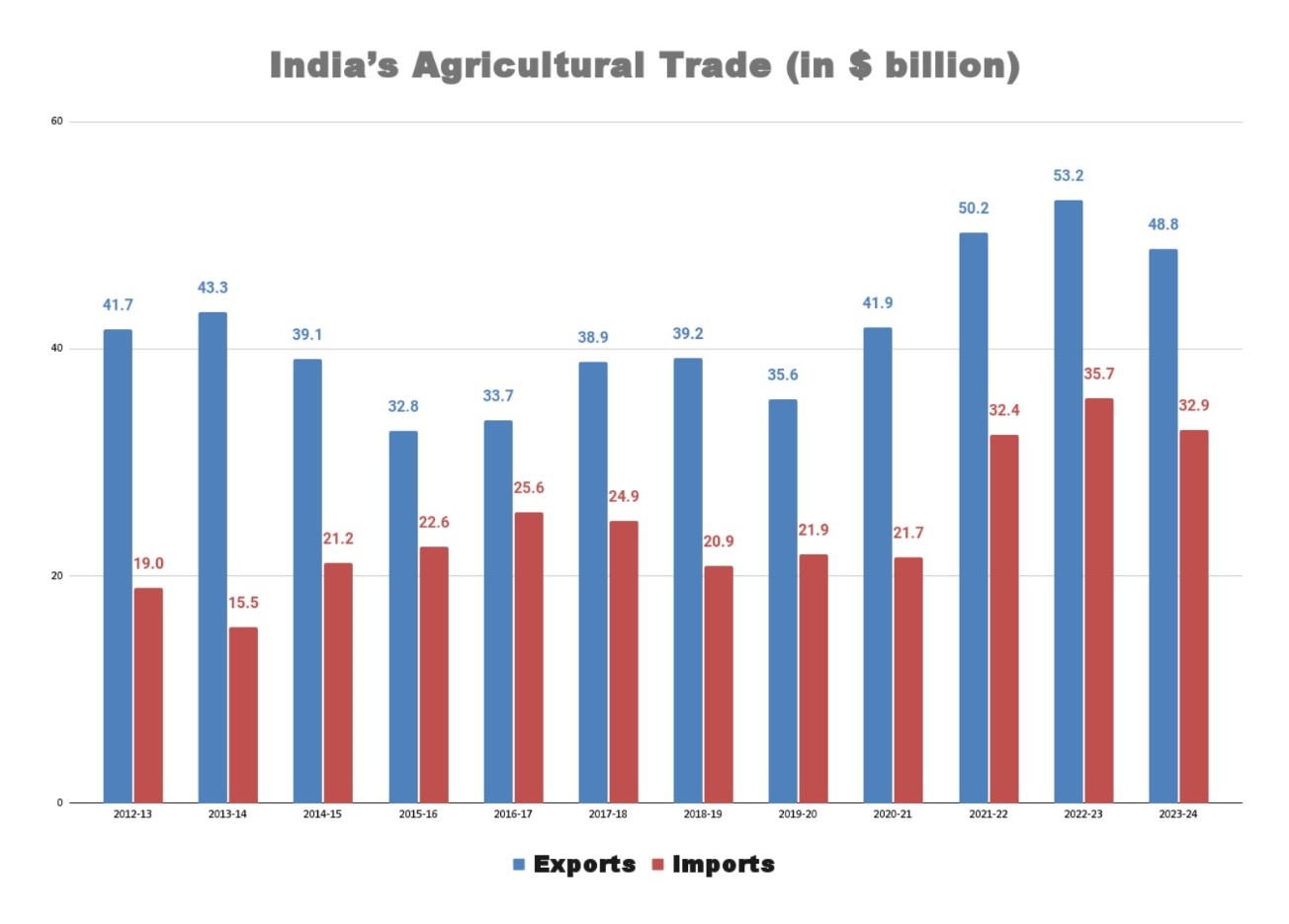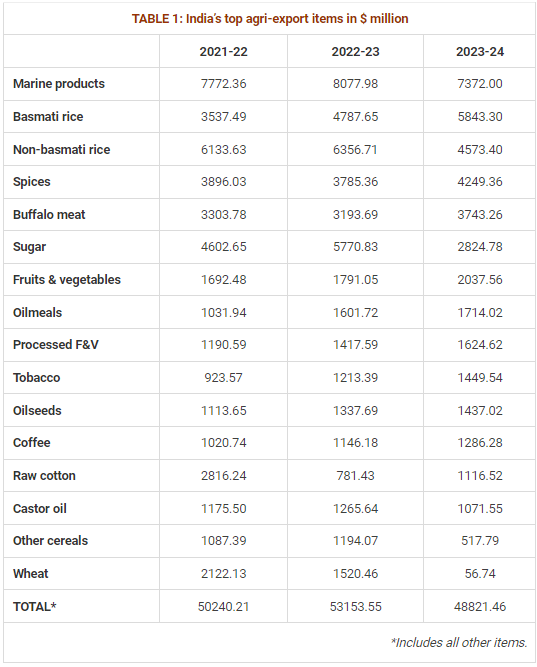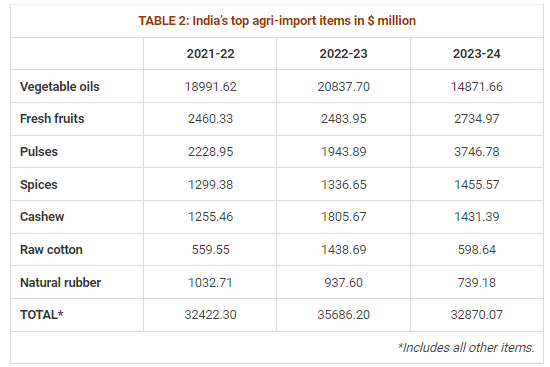Free Courses Sale ends Soon, Get It Now


Free Courses Sale ends Soon, Get It Now



Disclaimer: Copyright infringement not intended.
Context

Statistical Data
Historical Context
Global Commodity Market Dynamics
Drivers of Exports
Sugar and Non-Basmati Rice

Sugar Export Restrictions
Non-Basmati Rice Export Restrictions
Wheat and Onion Export Restrictions
Other Export Items
Drivers of Imports
Edible Oils

Pulses
Policy Takeaways
Stability and Predictability
Import Policies
Future directions
|
PRACTICE QUESTION Q. Discuss the trends and challenges associated with India's export sector, highlighting its significance in the country's economic growth and global competitiveness. What measures should be taken to enhance India's export performance in the context of emerging global trade dynamics? |
SOURCE: THE INDIAN EXPRESS
© 2024 iasgyan. All right reserved